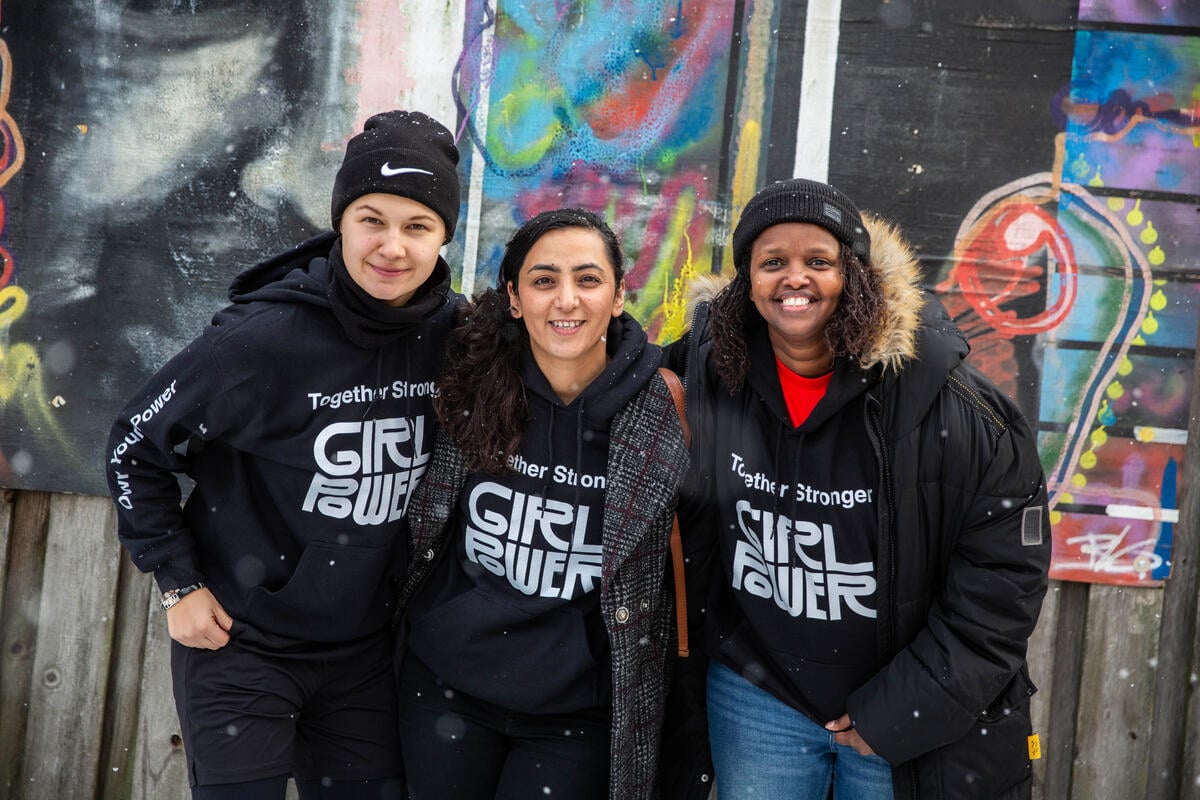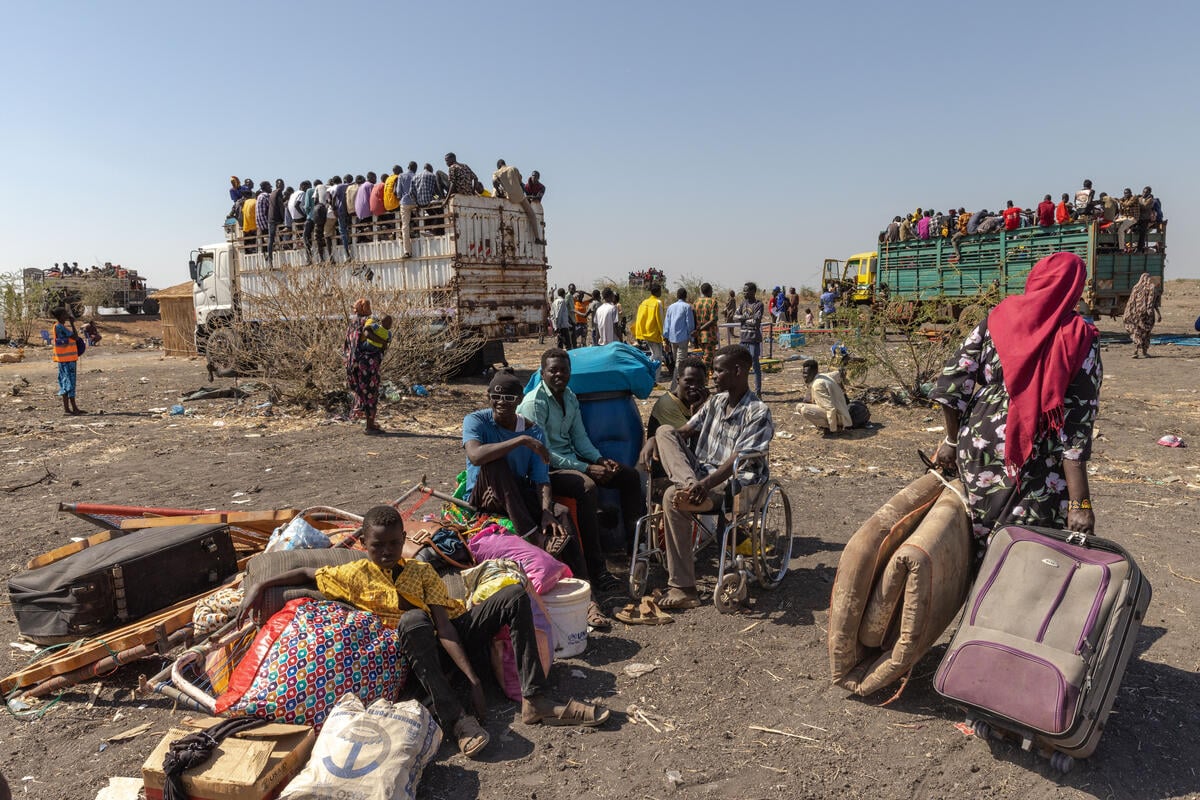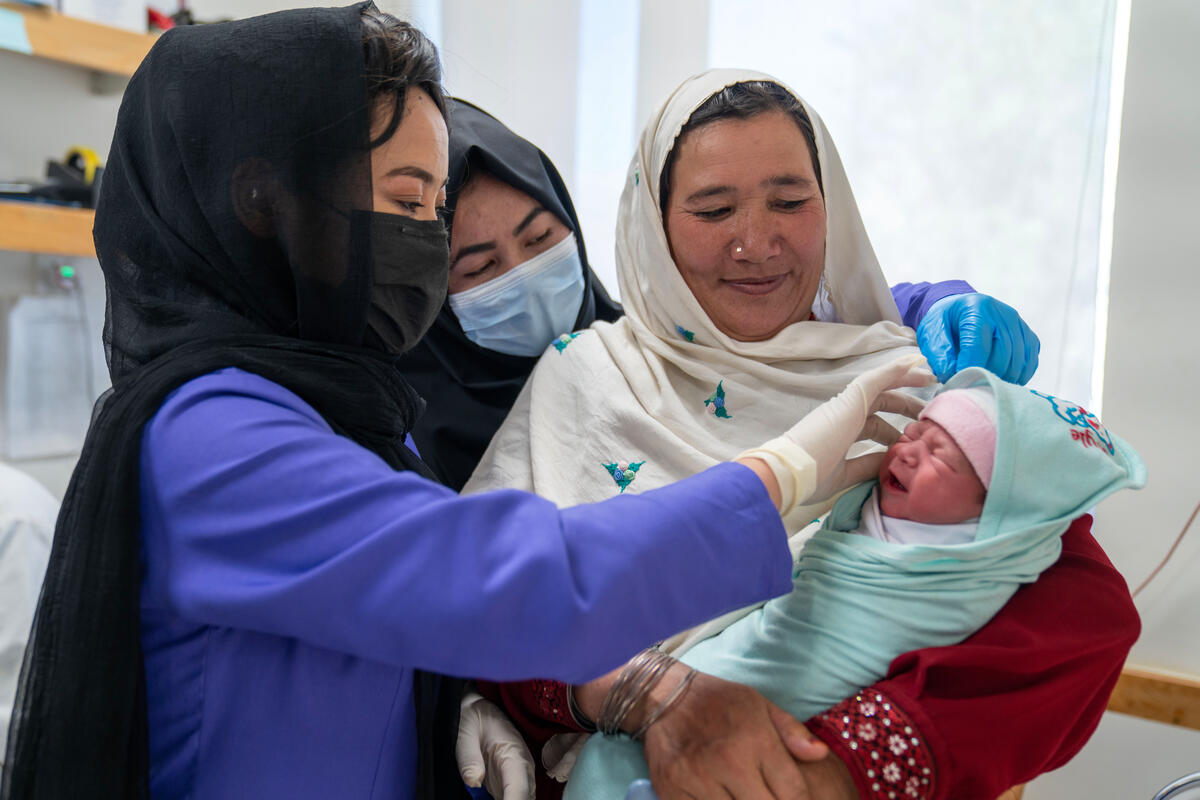Afghanistan Humanitarian Update No. 63
Afghanistan Humanitarian Update No. 63
23 July 2002
At A Glance:
- Repatriation surpasses targets
- Budgets stretched
- Shelter programme in race against time
Repatriation surpasses targets
More than 1.3 million Afghan refugees have voluntarily repatriated to Afghanistan since March 1 when the Afghan Transitional Authority and UNHCR started to assist returnees arriving from neighbouring countries.
In just over four months, UN -facilitated returns from Pakistan alone surpassed 1.2 million persons - more than three times the number originally anticipated. The numbers vastly exceeded expectations of both the host government and the Kabul authorities, as well as the humanitarian community.
The number of returnees from Iran topped 100,000 on July 21, just over three months after the Iranian authorities and UNHCR began a voluntary repatriation programme. Another 10,000 refugees have also returned from Central Asian states. Agencies also believe that several hundred thousand other Afghans repatriated on their own following the fall of the Taliban late last year.
Some 200,000 internally displaced persons (IDPs) have also returned home with assistance from UNHCR and its partner agencies, receiving the same returnee kits and 100 kilogrammes of wheat from the World Food Programme (WFP) as the refugees. UNHCR and its partners intend to help 390,000 IDPs home this year.
When the planning figures were announced earlier this year, many observers scoffed at the host country and UNHCR estimates that up to 800,000 refugees would return from Pakistan and Iran in addition to the projected return of 400,000 internally displaced Afghans. Many believed that the 1.2 million planning figure was too high.
Voluntary returns from the two main asylum states, which sheltered more than 3.5 million Afghan refugees at the start of 2002, are stretching relief agency budgets and Afghanistan's own absorption capacity.
Repatriation rates from Pakistan have begun to ease in recent weeks, with some 53,000 refugees registering to return last week, down from more than 77,000 a week earlier.
The top ten provinces of return (as of 20 July):
1. Kabul Prov.: 551,000 (43 %)
2. Nangarhar: 293,000 (23 %)
3. Parwan: 74,500 (5.8 %)
4. Baghlan: 40,000 (3.1 %)
5. Kunduz: 38,000 (3.0 %)
6. Jawzjan: 36,000 (2.8 %)
7. Kandahar: 31,000 (2.5 %)
8. Laghman: 30,700 (2.4 %)
9. Faryab: 29,600 (2.3 %)
10. Kapisa: 26,000 (2.0 %)
Budgets stretched
UNHCR's budgets are being stretched by the extraordinary interest in return, forcing the agency to make cutbacks in some programmes and to focus its aid in four priority areas: protection, travel assistance/returnee packages, shelter and water.
The agency has halved the number of shelter kits it plans to distribute to needy Afghan families from 97,000 to 50,000.
UNHCR has also been forced to stop purchases of additional items for its returnee kits that each family receives. The kits normally include plastic tarpaulins, blankets, buckets, jerry cans, hygienic material and other items. In some parts of Afghanistan, UNHCR has already exhausted stocks of some of the supplies. In some cases, it is distributing items provided by the International Committee of the Red Cross and Unicef.
The UN refugee agency has a $271 million budget for Afghanistan and to care for Afghan refugees in neighbouring states. It has already spent more than $158 million, and UNHCR still requires $65 million for this year.
Despite the financial belt-tightening, UNHCR will continue to provide travel assistance ranging between $5 and $30 for each returnee participating in the Afghan Transitional Authority / UNHCR repatriation programme.
In order to prevent possible abuse of the repatriation assistance, UNHCR workers carefully screen refugees during interviews at the agency's registration centres.
Since the facilitated repatriation initiative kicked off in March, UNHCR workers in Pakistan have rejected over 50,000 applicants representing more than 253,000 individuals who did not appear intent on permanently returning home. The rejected Afghans families seemed interested in collecting UNHCR's travel assistance grants and family kits along with WFP food rations before trying to re-enter Pakistan.
UN refugee agency staff inside Afghanistan similarly scrutinise returnees prior to handing over assistance to better ensure that their repatriation is permanent.
Efforts to screen out false claimants have saved UNHCR some $5 million in travel assistance along with the cost of more than 50,000 family kits, plus some 6,000 metric tons of WFP food aid.
Shelter programme in race against time
With autumn only months away, many thousands of Afghans, particularly people living in mountainous areas, are in a race against time to prepare for the arrival of the cold season. UNHCR has already spent more than $38 million this year on shelter items for Afghans, and its shelter kits are being distributed throughout the country.
The UN refugee agency is focusing its shelter programme in rural areas, where it intends to distribute some 50,000 shelter kits, down from a planned 97,000 kits due to budgetary belt-tightening.
Shelter material being distributed by UNHCR varies according to local traditions and needs. An average kit includes some 30 wooden beams, wood for two windows and a door, nails, plastic pipes for latrine construction and a toolkit including a hammer, shovel, pick-axes and door hinges. Families benefiting from the programme actually receive the kits once they have built walls up to the point where they need to insert lintels above doors and windows.
To date, UNHCR has signed agreements with 15 NGOs that are responsible for identifying recipients and overseeing distribution of more than 30,000 kits in returnee-affected areas throughout Afghanistan. Building work has already started in northern and central Afghanistan, where more than 8,000 shelters are so far planned in each of the two areas. Some 9,200 shelters are planned in western Afghanistan, while NGOs have been identified to distribute 2,000 shelters in the east of the country.
In many parts of Afghanistan, UNHCR has faced difficulty finding experienced partner agencies with the staff able to identify families who require shelter assistance and that can oversee the distribution and construction of the shelter kits. So far, only 200 shelters are planned in southern Afghanistan, a region that has absorbed over 110,000 returnees.
Short-term shelter needs are met by the distribution of tents and plastic tarpaulin. Returnee families participating in UNHCR's facilitated return programme receive two plastic tarpaulins, while families returning to seriously war-affected areas in central Afghanistan have also been given tents as shelter while they rebuild their homes.








